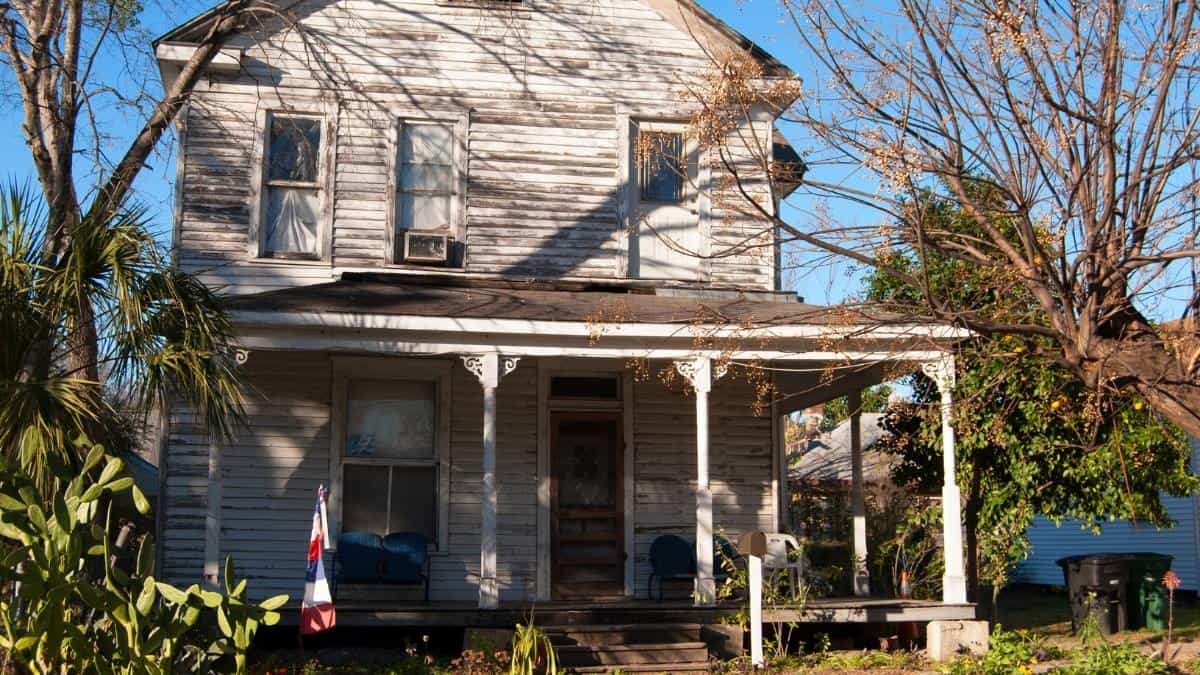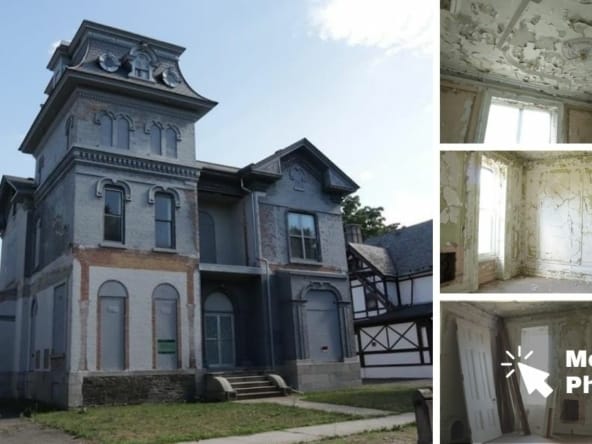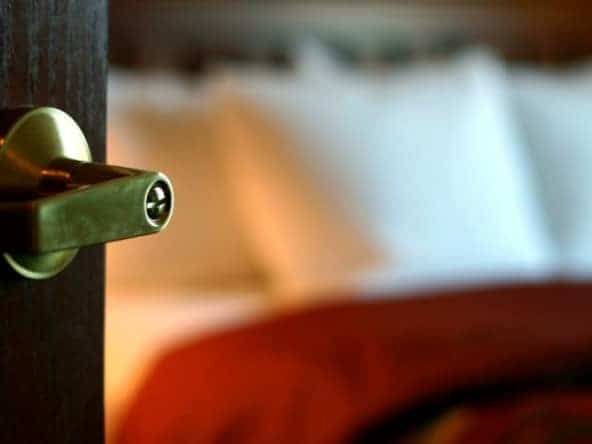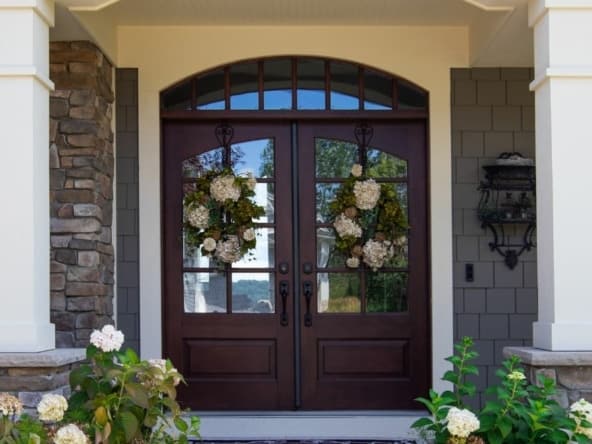You might be wondering whether or not to buy a 100-year-old home depending on its lifespan and how many problems it may have for you to uncover.
How long will a 100-year-old house last?
What sort of structural and technical issues could an old home have? Are there any benefits to buying an older house? We will answer all of these questions below.
Keep reading to find out more!
So, How Long Will a 100-Year-Old House Last?
The lifespan of a wooden single-family home can go much further than 100 years as long as the upkeep and maintenance of the house have been maintained.
In Europe, many castles, structures, and family homes have lasted hundreds or thousands of years. The extensive lifespan is usually due to strong building materials, such as stone, concrete, and brick.
You’ll find many homes throughout the United States that have reached 200, 300, or more years old. Some of these get sold on the real estate market regularly. Essentially, with proper maintenance, a 100-year-old home can have an additional 100 years or much more of life left.
The Benefits of Older Homes
You will find plenty of benefits when purchasing an older home. These advantages include:
- A lower sales price of the property
- A larger square footage
- Low property taxes
- Stronger building materials
Since the older home may need more upkeep, you can likely purchase it for a lower price and even negotiate to reduce the cost.
At the same time, you may find older homes come in larger sizes when compared to newly-built condos or townhouses. We delve deeper into these advantages below.
Low Purchase Price
Since older homes may look more outdated and require more renovations to modernize the property, so you’ll see lower purchase prices than newly built condo complexes or single-family homes.
Real estate investors often take advantage of low-priced homes to flip the houses after a renovation. Newly-built homes are often over-priced compared to older properties that need some sprucing up.
With the savings you keep from a low sales price, you can spend more on remodeling your 100-year-old house.
Greater Square Footage
Older homes were built when the population was smaller and vast land was available. As such, 100-year-old homes tend to have larger yards and more rooms for families to enjoy. You’ll see square footage with lower costs per square foot compared to modern houses and condominiums.
Many developers today choose smaller lots and put more homes in smaller spaces to increase their profit and provide enough housing for growing populations.
Declined Property Taxes
Property taxes are calculated based on the value of a house multiplied by the tax rate in the county of the home.
Older homes tend to get a lower assessment value than brand-new houses. When you’re closing on the older property, you are likely to pay a much lower property tax when compared to newer homes.
However, if you decide to perform extensive renovations on an older home, the value of the place is likely to increase. That would raise your overall property taxes.
Older Homes Have Stronger Building Materials
One of the best parts about purchasing an older home is that contractors back in the day often used more robust materials when building properties.
These homes often used brick and solid wood beams. Newer properties may not last as long. More developers today try to save on costs by picking inexpensive building materials. Older homes, however, were built to last more than 100 years, using sturdy materials.
The Disadvantages of Buying an Older Home
Buying a 100-year-old home does come with its disadvantages. Purchasing real estate won’t always work perfectly. Some of the most significant disadvantages you’ll find with purchasing an older house include:
- Outdated electrical systems that break down
- Harmful and toxic building materials
- Issues with the foundation
For instance, before 1978, builders used asbestos and lead to build new residences. You might find that a 100-year-old home has lead inside, which you will need to replace.
The structure and foundation of an older home may also have problems like bulging walls or diagonal cracks. You’ll want to keep an eye out for these negatives before choosing a 100-year-old home.
Broken and Old Electrical Systems
Often, you will have to update the electrical system if you buy an older home of 100 years. You may have simple issues like too few electrical outlets or more complex challenges like exposed wires, broken electric service panels, and problems with the circuit breakers.
You will need to hire an experienced electrician to fix all electrical problems and possibly upgrade the electrical system. Otherwise, you could risk starting electrical fires and power outages.
Hazardous Building Materials
Home sellers must legally tell you whether a home has asbestos or lead. If you’re buying a 100-year-old home, you should hire an inspector to check whether the house has any hazardous materials before deciding to bid on the house.
If you find the hazardous materials after you’ve moved in, you will likely need to remove the toxic substances, especially if you have children living in the home.
Foundational Problems
You should keep an eye on specific issues when checking out older homes. Do the windows get stuck when you’re trying to open them? Do the doors open and close smoothly? Are there considerable cracks in the basement walls?
These issues will show you whether the house has foundational problems. Before buying a 100-year-old home, get a foundation repair expert to take a look.
Final Word: Should You Buy a 100-Year-Old House?
It may still benefit you to buy a 100-year-old house as it could last you a lifetime if you maintain it well. Before you commit to the purchase, make sure to get an inspection done to check on the house’s condition. You can surely buy a 100-year-old house if it’s in good standing and love every minute of living there.




